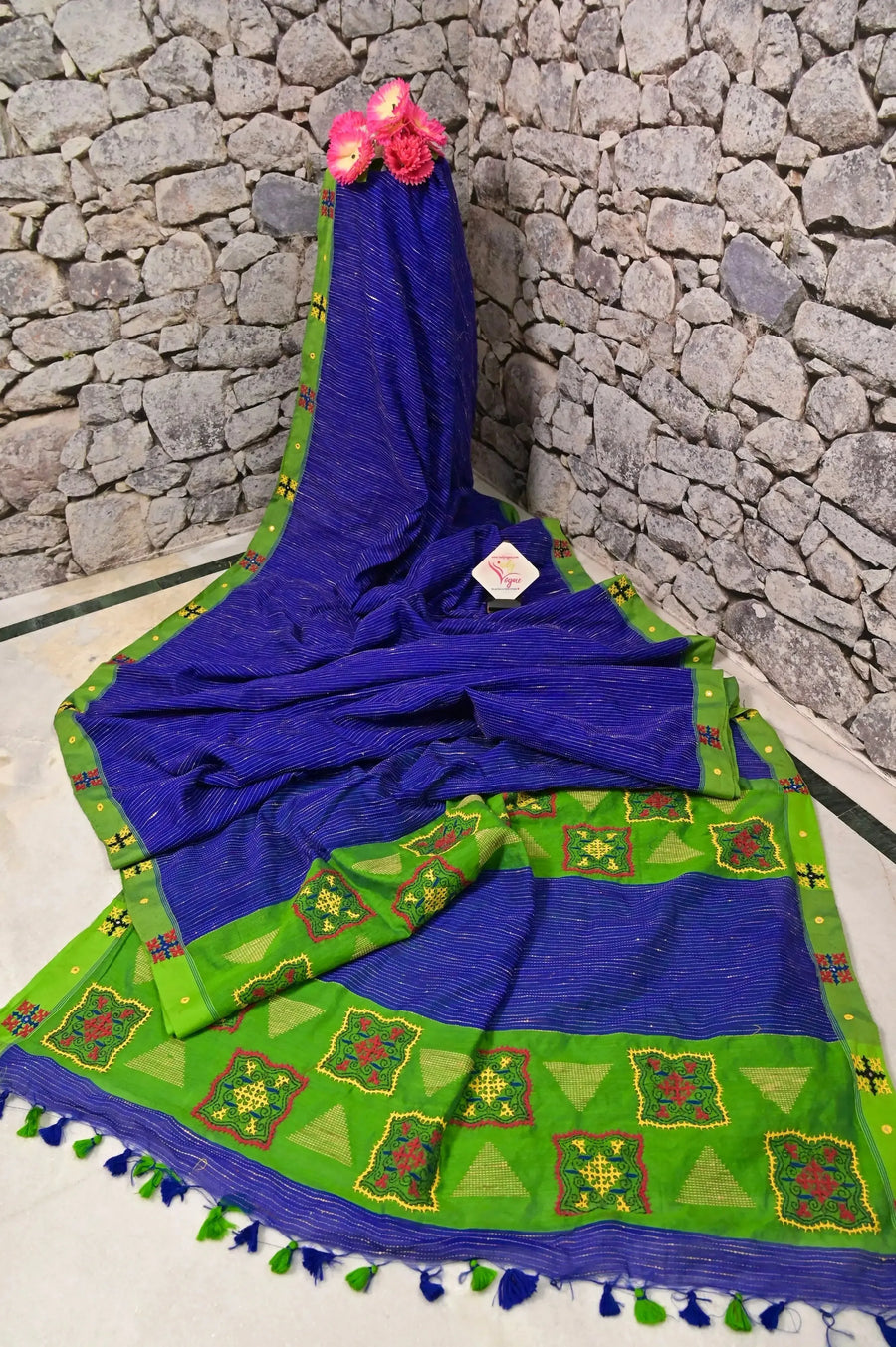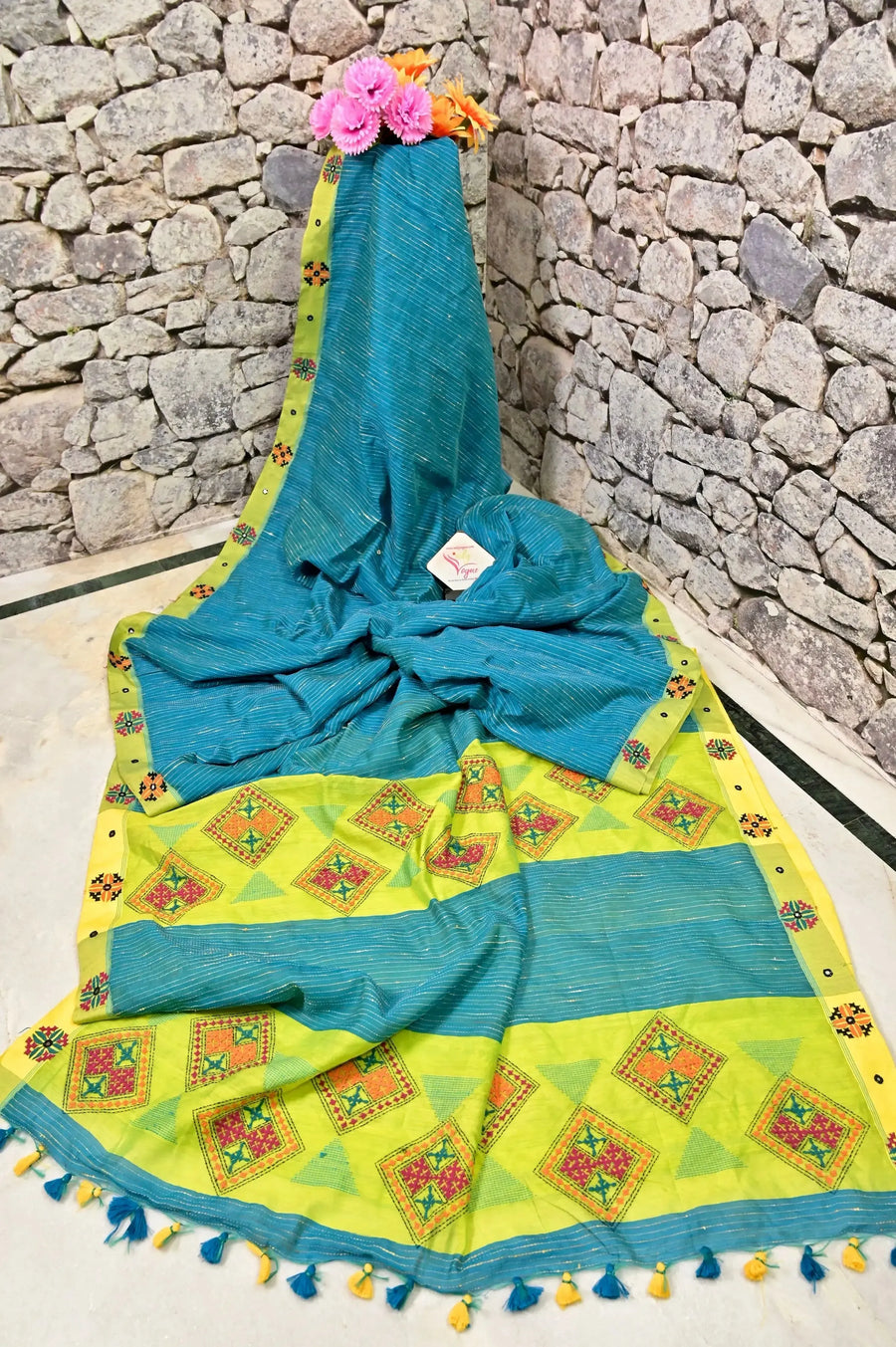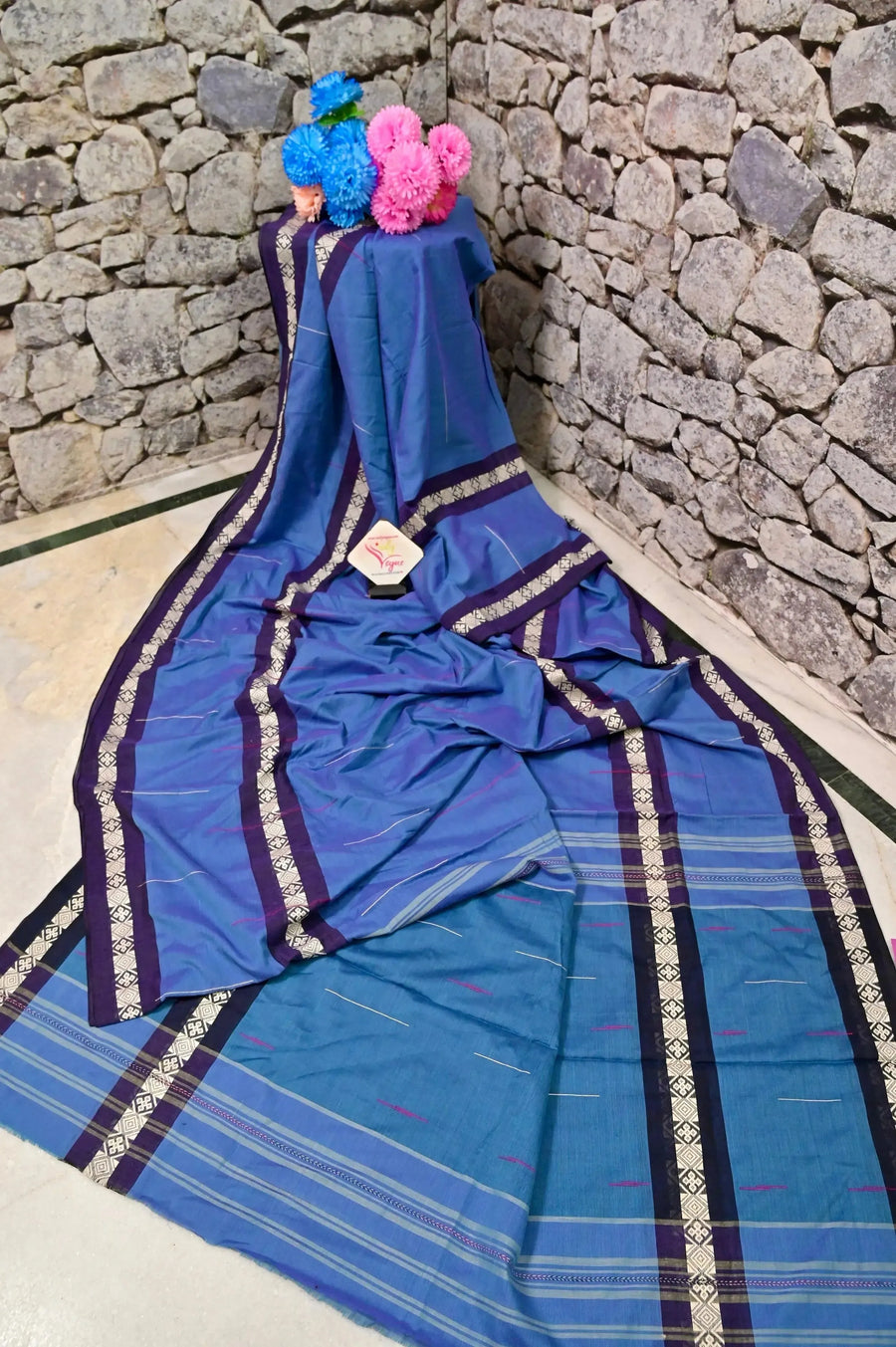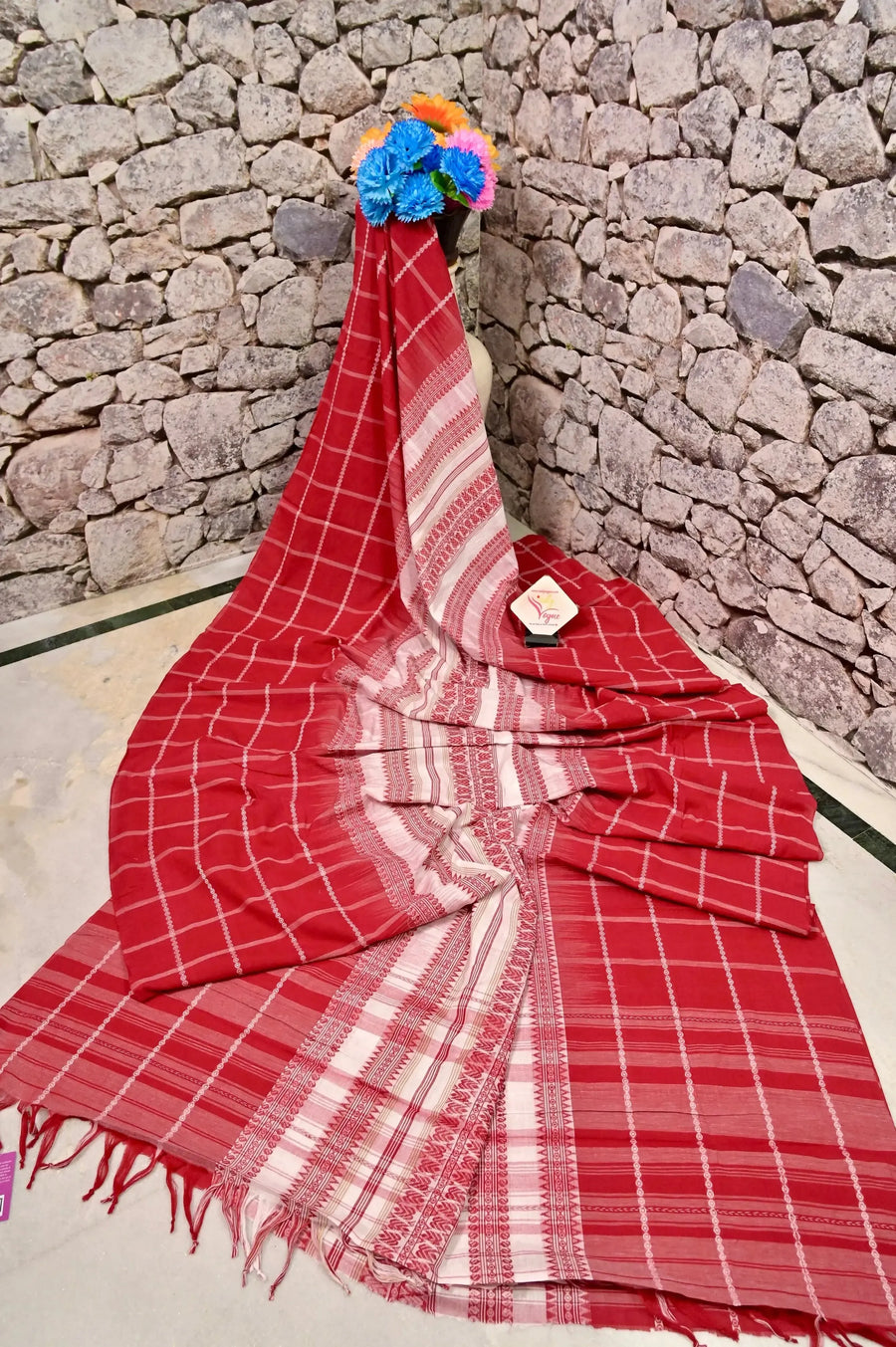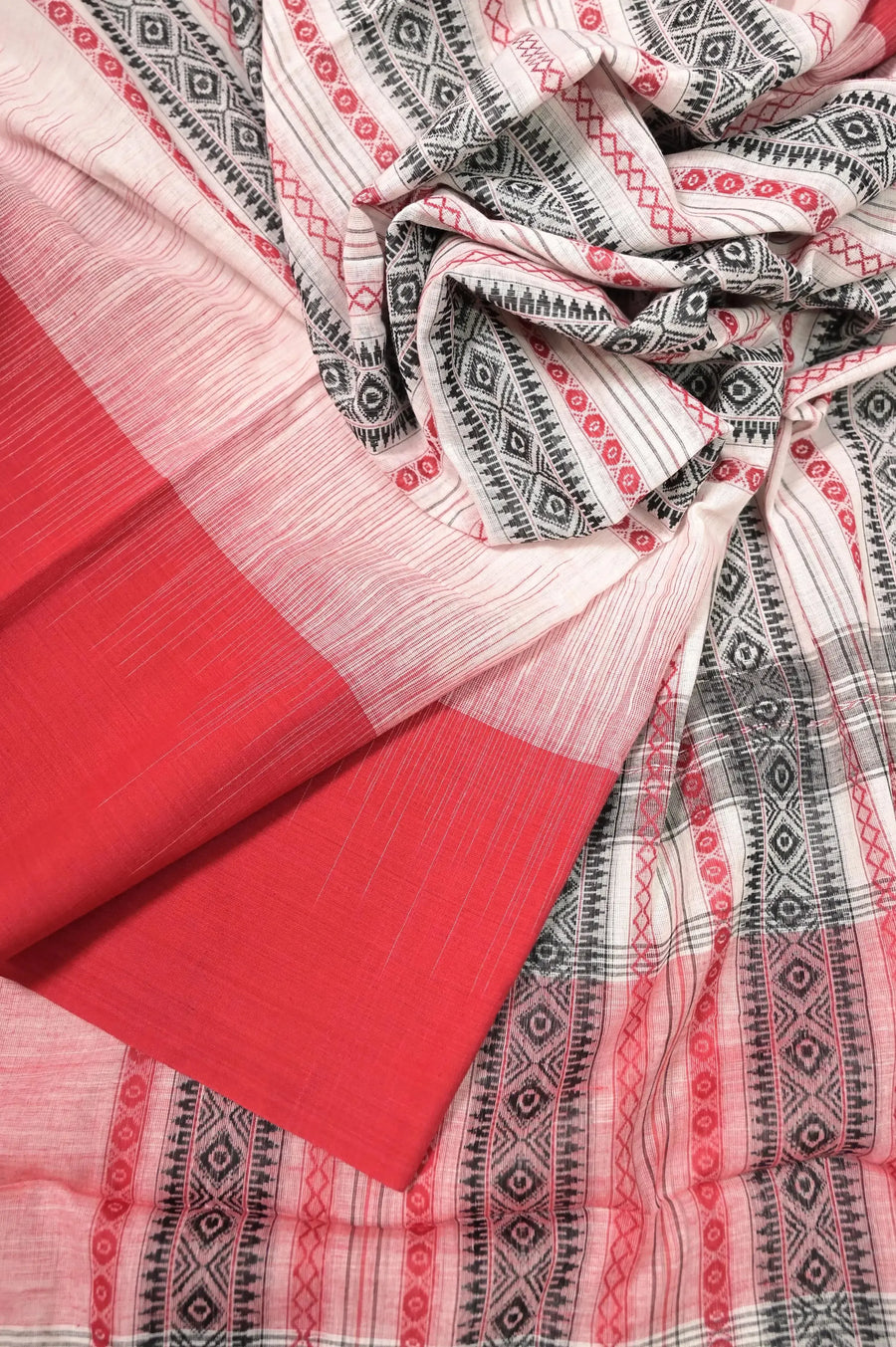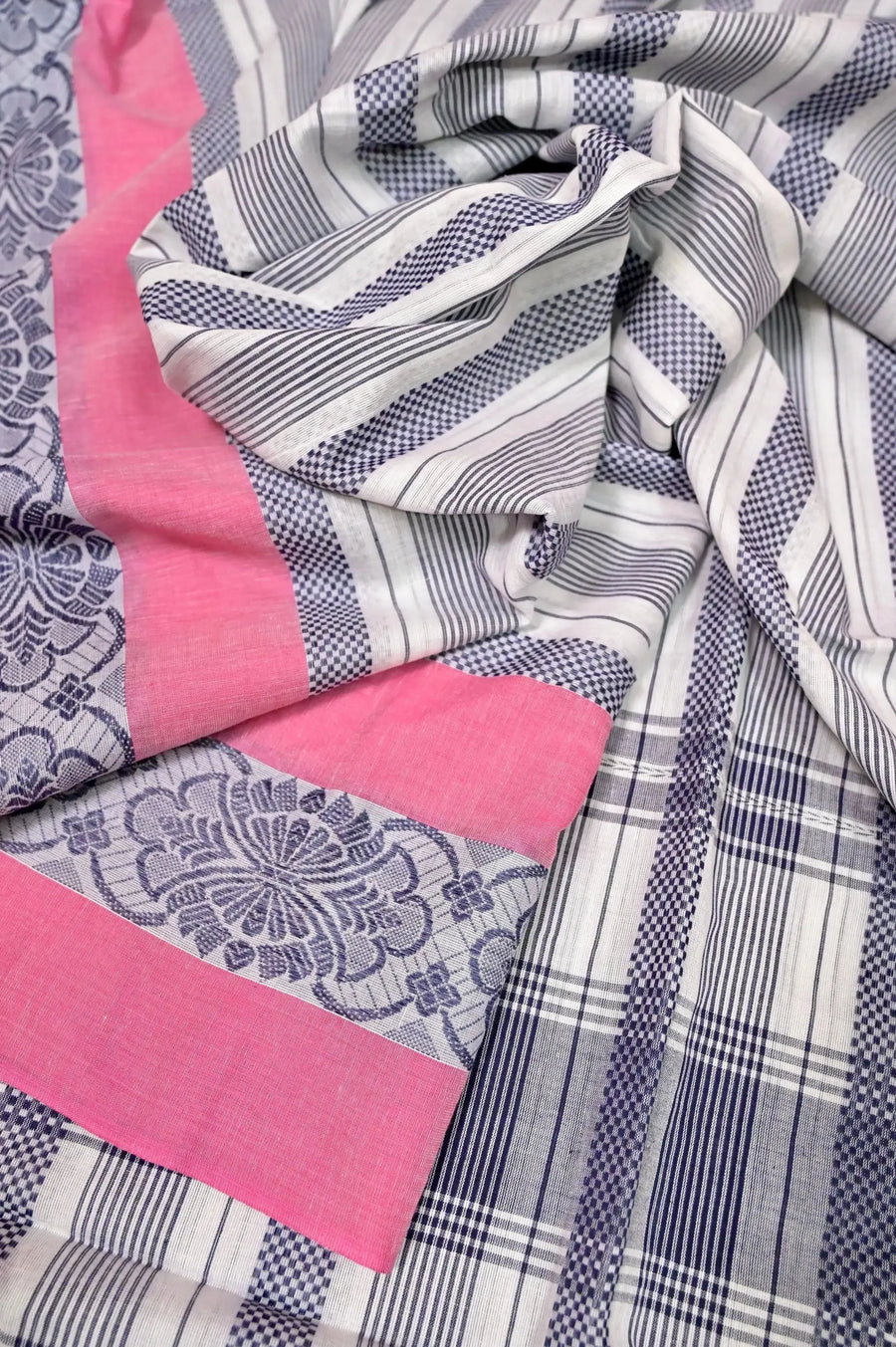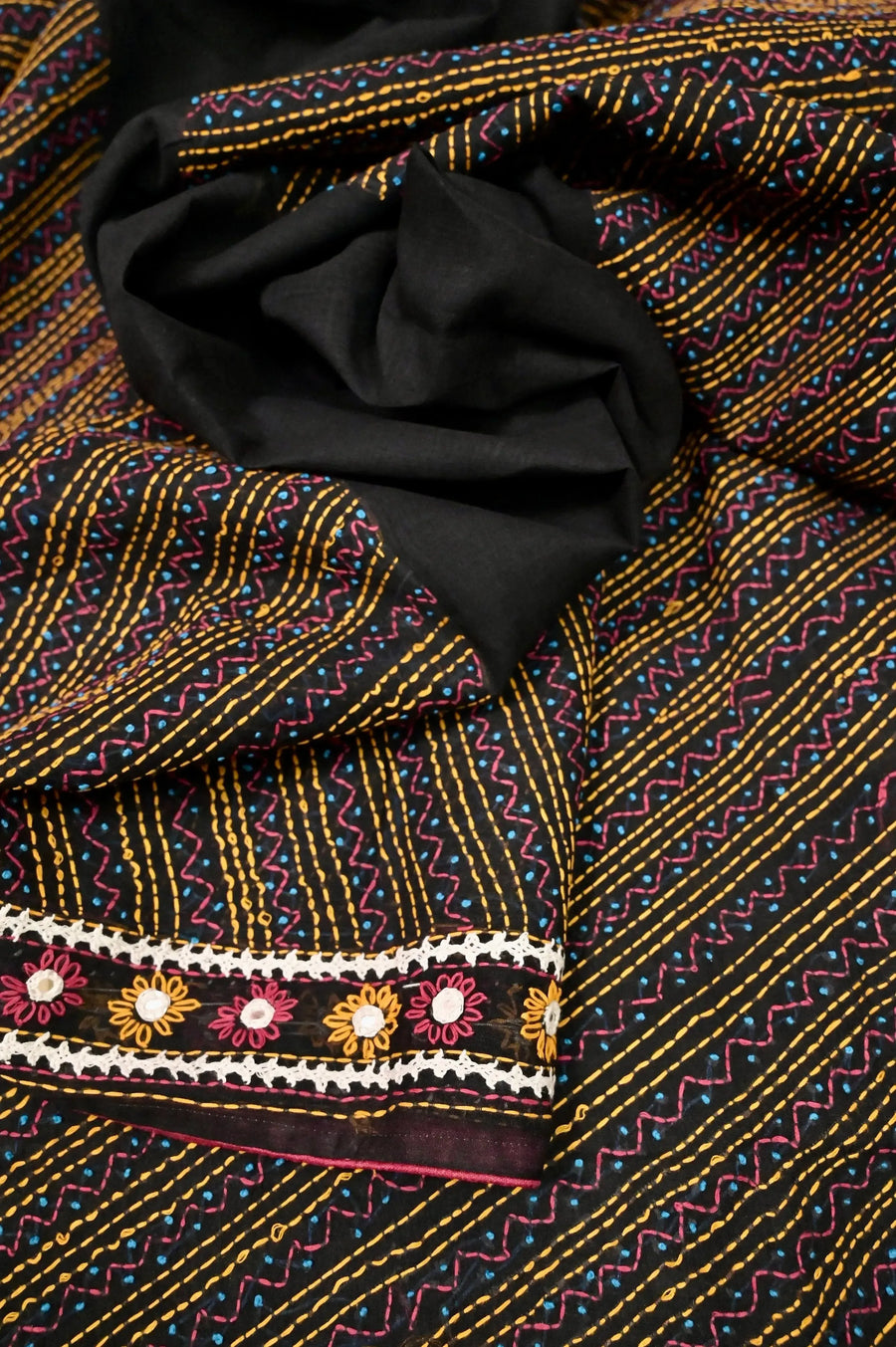How Khadi Was Made Popular Through Lakmé Fashion Week 2025
At Lakmé Fashion Week 2025, Khadi wasn’t just a fabric—it was a movement on the runway. Reviving this handspun, handwoven textile with flair and modern relevance, Khadi India House collaborated with contemporary designers to showcase how versatile and fashionable Khadi can truly be.
Khadi took center stage, captivating audiences with its seamless blend of tradition and modernity. This iconic hand-spun fabric, deeply rooted in India's heritage, was reimagined by visionary designers, reaffirming its relevance in contemporary fashion.
This summer following and sensing the summer trend this year even IndyVogue has stocked up on the amazing Khadi Cotton collections. And guess what Bengali (Bengalis) think today India thinks tomorrow?



